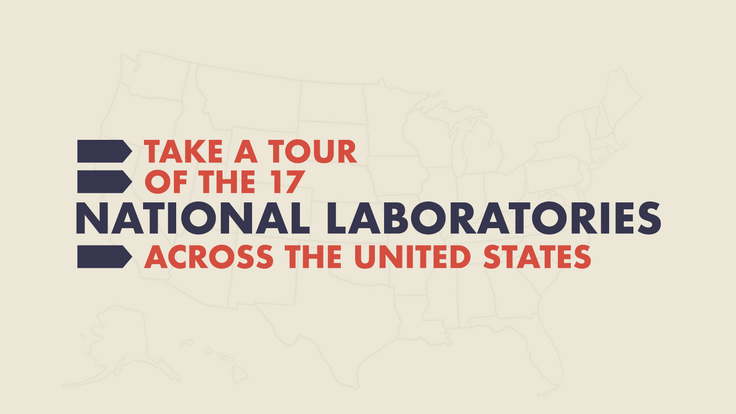Much of the complexity of particle physics experiments can be boiled down to two basic types of detectors: trackers and calorimeters. They each have strengths and weaknesses, and most modern experiments use both.
The first tracker started out as an experiment to study clouds, not particles. In the early 1900s, Charles Wilson built an enclosed sphere of moist air to study cloud formation. Dust particles were known to seed cloud formation—water vapor condenses on the dust to make clouds of tiny droplets. But no matter how clean Wilson made his chamber, clouds still formed.
Moreover, they formed in streaks, especially near radioactive sources. It turned out that subatomic particles were ionizing the air, and droplets condensed along these trails like dew on a spider web.
This cloud chamber was phenomenally useful to particle physicists—finally, they could see what they were doing! It's much easier to find strange, new particles when you have photos of them acting strangely. In some cases, they were caught in the act of decaying—the kaon was discovered as a V-shaped intersection of two pion tracks, since kaons decay into pairs of pions in flight.
In addition to turning vapor into droplets, ionization trails can cause bubbles to form in a near-boiling liquid. Bubble chambers could be made much larger than cloud chambers, and they produced clear, crisp tracks in photographs. Spark chambers used electric discharges along the ionization trails to collect data digitally.
More recently, time projection chambers measure the drift time of ions between the track and a high-voltage plate for more spatial precision, and silicon detectors achieve even higher resolution by collecting ions on microscopic wires printed on silicon microchips. Today, trackers can reconstruct millions of three-dimensional images per second.
The disadvantage of tracking is that neutral particles do not produce ionization trails and hence are invisible. The kaon that decays into two pions is neutral, so you only see the pions. Neutral particles that never or rarely decay are even more of a nuisance. Fortunately, calorimeters fill in this gap, since they are sensitive to any particle that interacts with matter.
Interestingly, the Higgs boson was discovered in two decay modes at once. One of these, Higgs to four muons, uses tracking exclusively, since the muons are all charged and deposit minimal energy in a calorimeter. The other, Higgs to two (neutral) photons, uses calorimetry exclusively.
A version of this article was published in Fermilab Today.






